In the face of a myriad of plastic materials, people can easily confuse polypropylene and polystyrene, two polymers of similar appearance.
Despite both being high molecular weight polymers and interchangeable in some applications, significant differences exist between them.
In the following article, we will comprehensively unfold the strength contest between polypropylene vs polystyrene, delving into the distinctions between the two.
What Is Polypropylene?
Polypropylene, abbreviated as PP, has a molecular structure similar to that of polyethylene plastic, but every other carbon atom in the chain carries a methyl group (–CH3), making it one of the common high molecular weight materials.
Polypropylene is the lightest plastic material, with its appearance being colorless and semi-transparent granules. Due to its highly regular structure leading to high crystallinity, it has a melting point of up to 167℃.
Polypropylene can be divided into homopolymers and copolymers with ethylene or other olefins, with homopolymers further classified into isotactic PP, syndiotactic PP, and atactic PP.
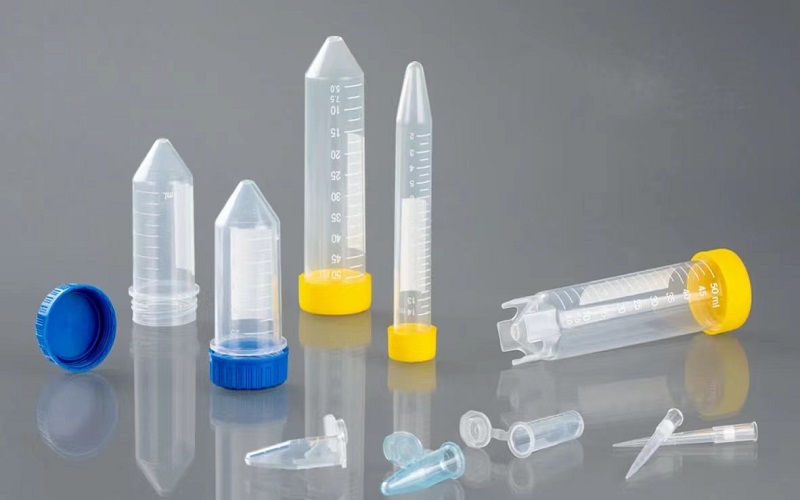
What Is Polystyrene?
Polystyrene refers to a polymer synthesized from styrene monomers through a free radical polymerization reaction and is a colorless, transparent thermoplastic.
It includes general-purpose polystyrene, expandable polystyrene (EPS), high-impact polystyrene (HIPS), and syndiotactic polystyrene (SPS).
PS is one of the “five major general-purpose plastics” with the highest consumption in China and the world, ranking as the fourth largest variety after polyethylene, polypropylene, and polyvinyl chloride.
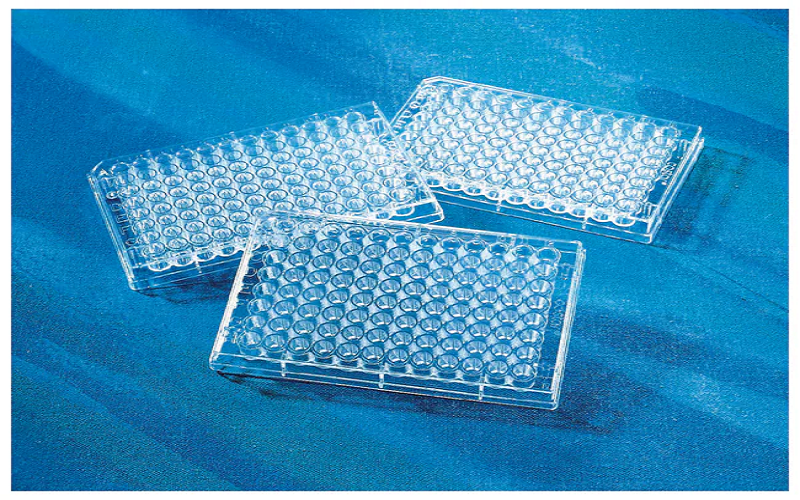
Polypropylene vs Polystyrene:Properties
While Polypropylene and Polystyrene sound similar in name, these two materials possess distinct properties that set them apart.
Chemical Structure
Polypropylene is a polymer of propylene, with each carbon in its chain bearing a methyl group (-CH3), giving it a semi-crystalline property.
On the other hand, polystyrene is made from styrene monomers, resulting in an amorphous structure with aromatic rings, making it less flexible than PP.
Mechanical Properties
PP exhibits good mechanical properties, including tensile strength, compressive strength, and hardness, with outstanding rigidity and resistance to bending fatigue.
However, its impact strength decreases at low temperatures. Polystyrene’s molecular structure and its aggregated state make it a rigid, brittle material that exhibits brittle fracture under stress.
However, HIPS is specifically designed to improve this characteristic of PS.
Thermal Properties
The molecular structure of PP grants it a high melting point of 167°C, offering higher heat resistance with a continuous use temperature of 110-120°C.
In contrast, PS has lower heat resistance, thus its continuous use temperature is around 60°C, with a maximum limit not exceeding 80°C.
Transparency
Polystyrene has excellent optical properties, with a light transmission rate of 88%–92%, making it more superior in terms of light performance compared to Polypropylene.
Its transparency is second only to PMMA and other acrylic polymers in plastics.
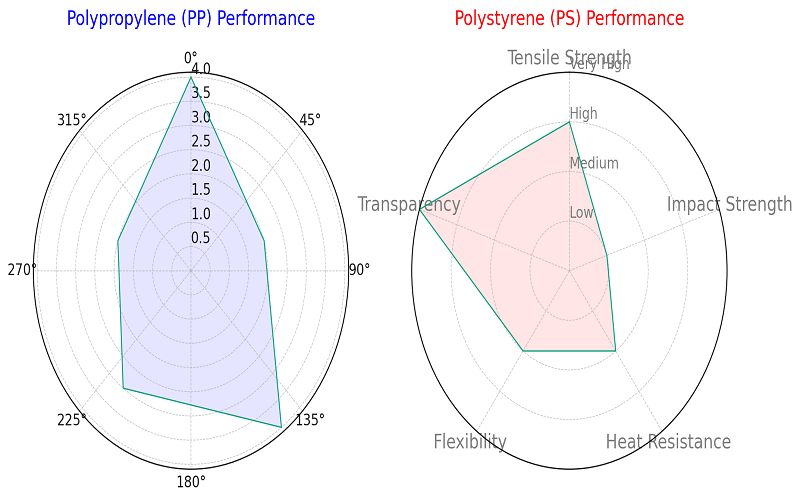
Polypropylene vs Polystyrene:Applications
Due to the unique properties of PP and PS materials, they play important roles in various applications.
Applications Of Polypropylene
Thanks to its high melting point, chemical stability, and high strength, combined with PP injection molding technology, it can produce a variety of products, including but not limited to:
- Packaging Materials: Food containers, beverage bottle caps, transparent films.
- Automotive Parts: Bumpers, dashboards, air ducts.
- Household Products: Kitchen utensils and various storage containers.
- Chemical Industry: Corrosion-resistant pipelines, storage tanks, valves.
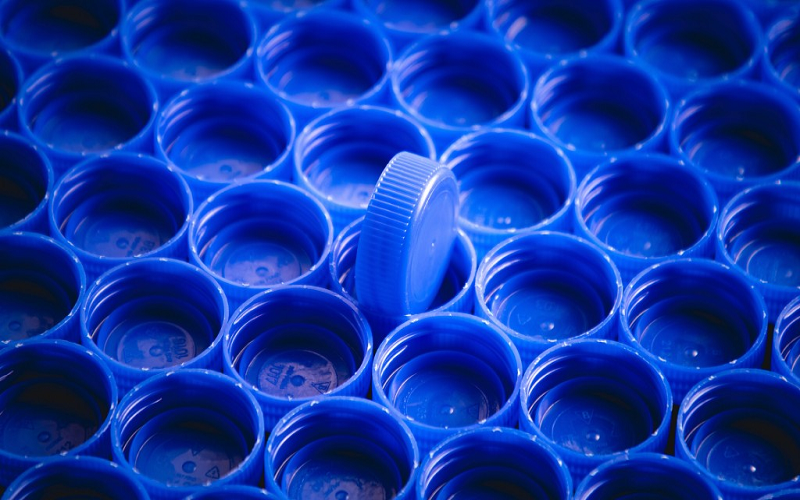
Applications Of Polystyrene
Polystyrene injection molding products, known for their transparency and insulating properties, are favored in many fields, with primary applications including:
- Packaging Materials: Disposable cutlery, transparent packaging boxes, egg trays.
- Building Materials: Wall insulation and roof thermal insulation.
- Office Supplies and Stationery: Rulers, pencil cases, model-making materials.
- Home Appliances: Housings for televisions, sound systems.
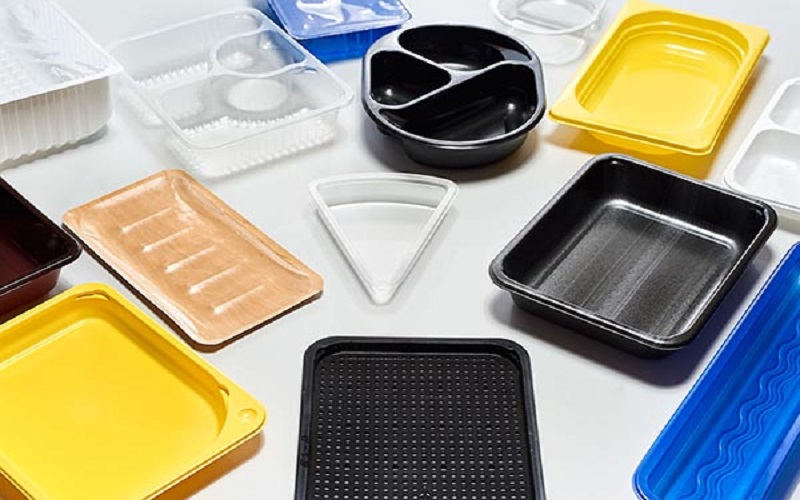
Polypropylene vs Polystyrene:Safe Concern
As public awareness of health issues rises, the safety of plastic products has become a significant concern for both consumers and plastic molding companies within the plastic industry.
This increased scrutiny naturally extends to materials such as Polypropylene and Polystyrene , leading to pertinent questions: Is Polypropylene safe for use? Is Polystyrene toxic?
Therefore, it’s necessary for us to understand the safety of these two types of plastics.
Polypropylene is one of the most commonly used plastics for food containers and packaging because it does not leach harmful chemicals into food or beverages when heated.
Additionally, its good heat resistance allows for its use in microwaves and dishwashers, further attesting to its safety for food-related applications.
Regulatory bodies such as the U.S. Food and Drug Administration (FDA) have approved polypropylene for direct contact with food, affirming its status as a food-grade plastic.
On the other hand, polystyrene is generally considered a safe plastic with very low toxicity, but it has its limitations, particularly regarding heat resistance.
Polystyrene can only withstand temperatures of 60-80°C. At higher temperatures, it may undergo thermal deformation and could release substances like styrene.
Long-term exposure to these substances can lead to mild poisoning, affecting normal metabolic functions and posing certain health risks.
Therefore, it is advised not to use polystyrene products for storing or serving hot foods and liquids, such as boiling water or soups, to prevent thermal deformation and the release of potentially harmful substances.
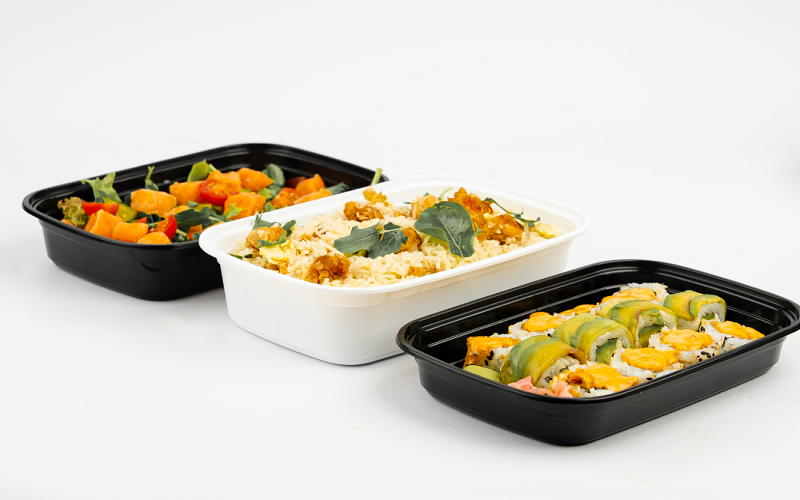
Polypropylene vs Polystyrene:Recyclability and Sustainability
In the plastics recycling symbols , the number “5” identifies PP, one of the most popular eco-friendly plastics available today.
Recycled PP can be reprocessed into new plastic products such as bottles, bags, and barrels, achieving a circular use effect. Additionally, the recycling of Polypropylene can save energy and reduce carbon dioxide emissions, offering substantial economic and social benefits.
On the other hand, Polystyrene marked with the number “6”, presents a more complex recycling process, especially in the case of Expanded Polystyrene (EPS or foam plastic), whose lightweight and voluminous characteristics increase the costs of recycling and transportation.
Moreover, due to PS’s difficulty in degrading, improper disposal can lead to significant environmental harm. Overall, PP demonstrates better sustainability than PS.
To enhance the environmental friendliness of both materials, innovation in recycling technologies is needed, along with increased public awareness and strengthened regulations on plastic waste management.
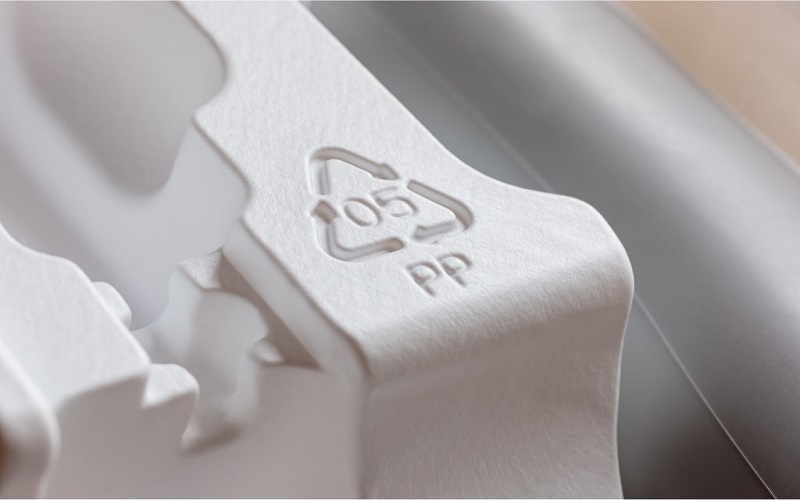
Conclusion
Polypropylene and Polystyrene serve distinct purposes due to their unique properties.
PP, known for its good heat resistance, chemical stability, and recyclability, is ideal for food containers, medical supplies, automotive components, and textiles.
However, its weakness against UV light necessitates the addition of stabilizers.
PS, on the other hand, is cost-effective and easily molded, with excellent transparency, making it suitable for disposable cutlery, packaging materials, and insulation.
Yet, its brittleness, poor heat resistance, and environmental impact, due to difficulty in degradation, limit its applications to areas where long-term durability and sustainability are not critical.
